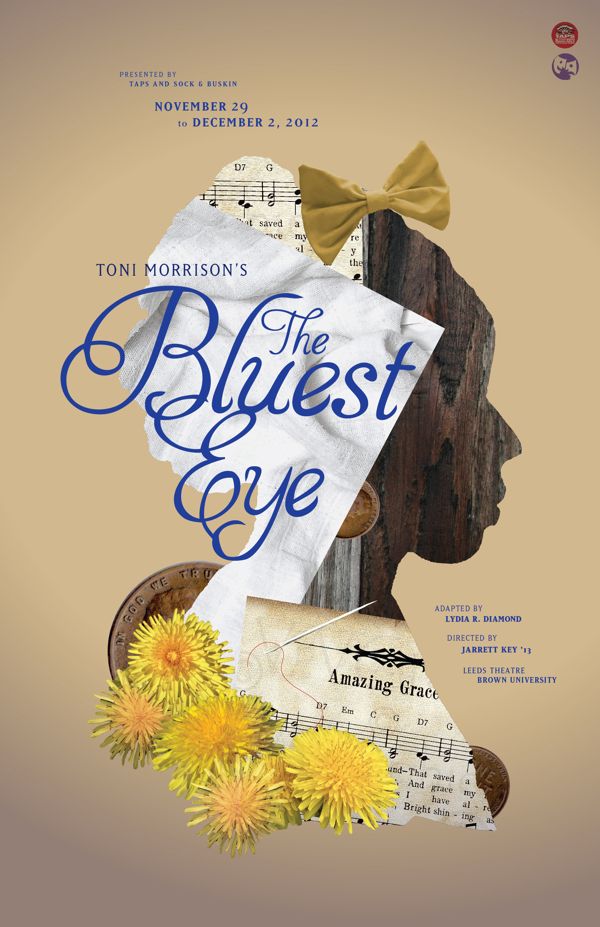

We felt comfortable in ours kins, enjoyed the news that our senses released to us, admired our dirt, cultivated our scars, and could not comprehend this unworthiness. What was the secret? What did we lack? Why was it important? And so what? Guileless and without vanity, we were still in love with ourselves then. Dolls we could destroy, but we could not destroy the honey voices of parents and aunts, the obedience in the eyes of our peers, the slippery light in the eyes of our teachers when they encountered the Maureen Peals of the world. If she was cute - and if anything could be believed, she was - then we were not. We were sinking under the wisdom, accuracy, and relevance of Maureen’s last words. There’s Claudia, seeing how much people automatically love white or light-skinned people, understanding it’s wrong and developing a compensatory hatred of Shirley Temple and Maureen Peal. Her husband, Cholly, is afraid to hate the white men that threaten him and instead turns his fury against the black woman they force him to rape. You have Paulina Breedlove getting brainwashed into hating her appearance by going to the movies, and later seething with rage when doctors compare her labor to a horse foaling. It is not, perhaps, the most in-depth analysis, but her description of the phenomenon is powerful, and the time in which she wrote it (late 60s) makes it all the more significant and important.

Since I have recently been thinking about these very topics, the book was particularly timely and heartbreaking. I love Morrison’s treatment of racism and black self-hatred, themes that are omnipresent in the work. The fact that we are reading it as told matter-of-factly by either children or adults struggling to comprehend the actual horror of what they describe makes it perhaps more powerful. The story itself is sparse but disturbing, oftentimes uncomfortable to read. The vernacular feels authentic and the rhythm of the language is compelling. But even before the little brown speck, there must have been the conditions, the setting that would allow it to exist in the first place. Then the weakened roots, having grown accustomed to the poison, responded one day to severe pressure, and the tooth fell free, leaving a ragged stump behind. But there must have been a speck, a brown speck easily mistaken for food but which did not leave, which sat on the enamel for months, and grew, until it cut into the surface and then to the brown putty underneath, finally eating away to the root, but avoiding the nerves, so its presence was not noticeable or uncomfortable. In both cases I went back and re-read the passages several times, savoring the increasing richness. Reading these passages I loved the the dawning realization as I neared the end that Morrison was talking about way more than the image on the page. I have two favorite metaphors, the first being the one she uses to open the book, about the marigold seeds and the fallow earth. Not knowing what to expect, I was immediately impressed by her flowery, poetic language and the penetrating metaphors she employs, metaphors that are so elaborated that it’s difficult to distinguish them from full-fledged symbolism. They recommended this and Song of Solomon, so I decided to begin with the earlier work. Many years later, as I attempt to add more female authors to my predominantly male library, Toni Morrison is a natural choice, and one supported by my female coworkers. In high school I read Beloved but remember little besides being bored.


 0 kommentar(er)
0 kommentar(er)
